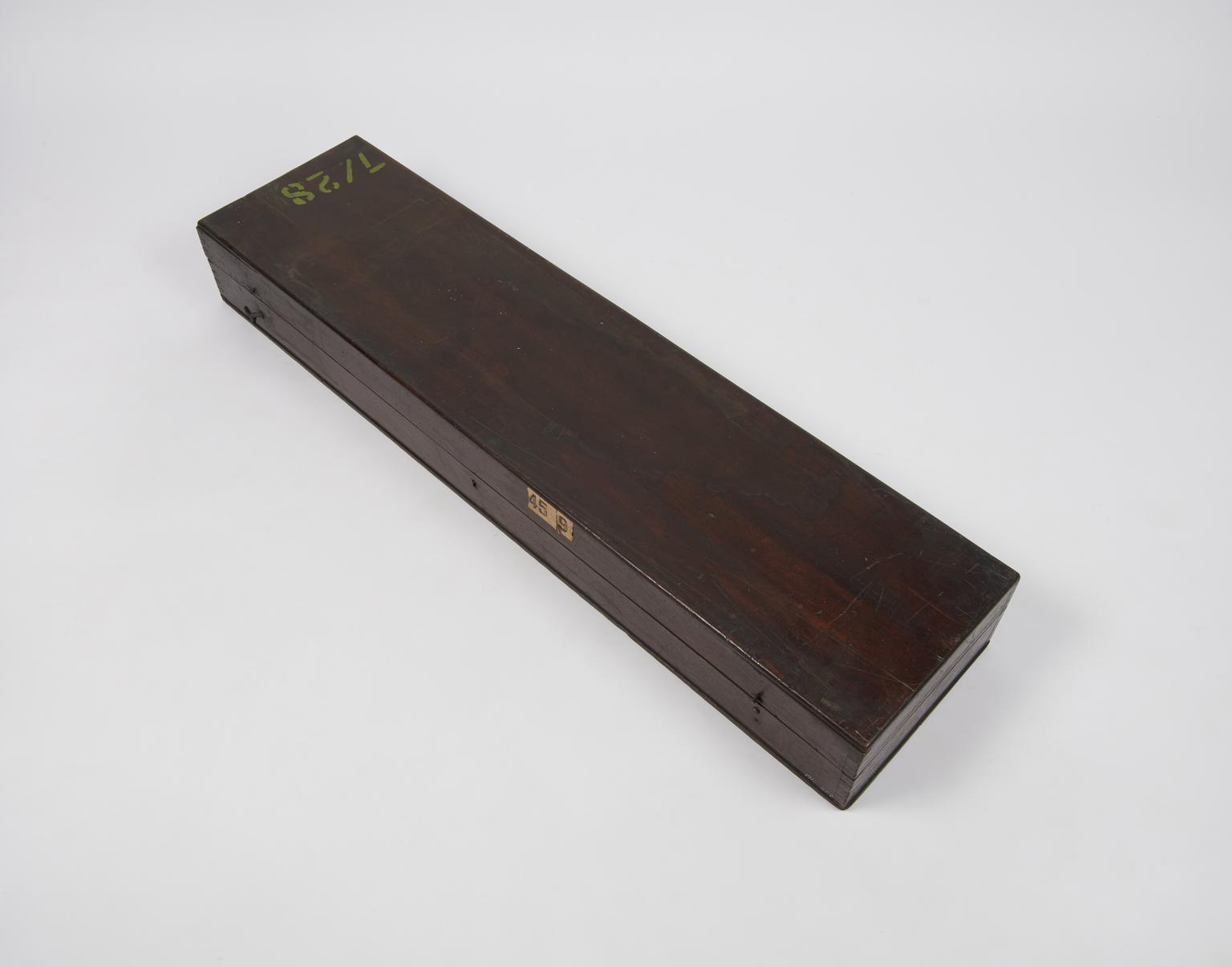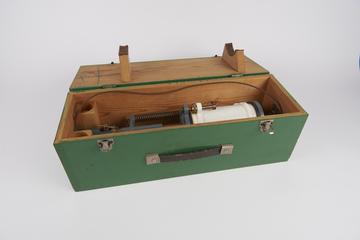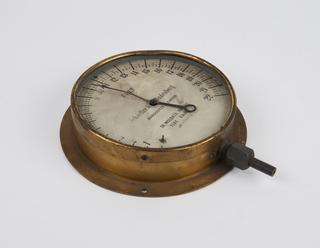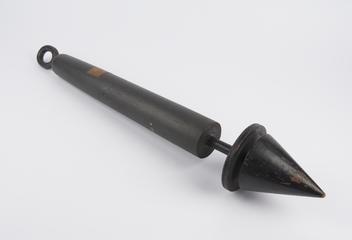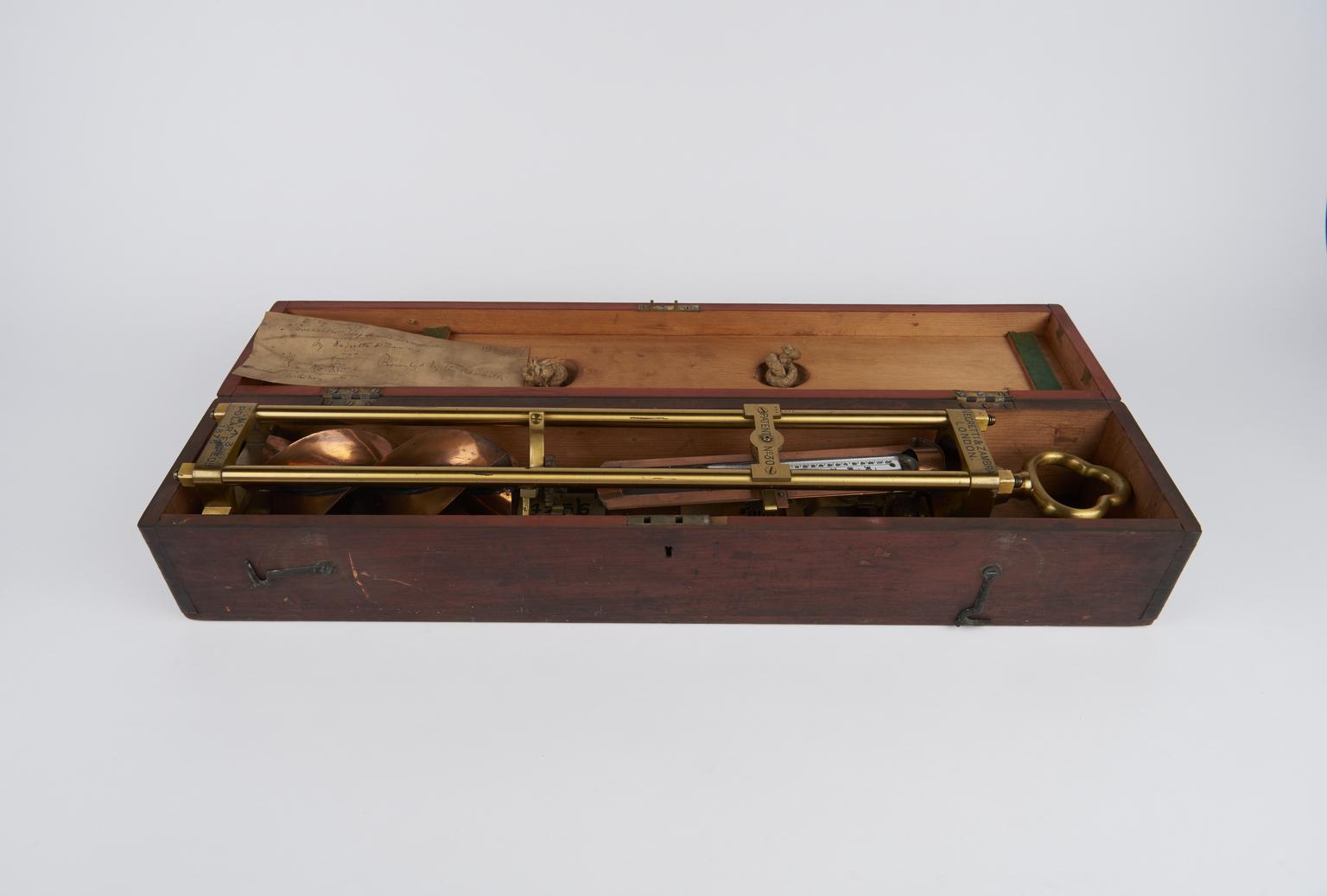
Reversing thermometer for taking sea temperatures at depth, used aboard HMS Alert, British Arctic Expedition
Reversing mercury thermometer for taking sea temperatures at depth, made by Negretti and Zambra, London, 1872-1875. This thermometer was taken by Captain George Nares aboard HMS Alert as he led the British Arctic Expedition (1875-1876), attempting to reach the North Pole via Smith Sound, west of Greenland. Its design was tested, and modified, during the Challenger expedition (1872-1876).
More
Surveyors and navigators struggled to take accurate readings of sea temperature at specific depths. Previous modifications of conventional maximum and minimum thermometers were used in the mid 1800s, but it was not always possible to know at what depth the minimum temperature had been reached. Reversing thermometers attempted to overcome this problem. They incorporated mechanisms that would abruptly capsize the thermometer once it reached the required depth.
Thermometers with this design of reversing frame were sent for testing aboard HMS Challenger (1872-1876). The vane was key to the reversing mechanism: as the frame sank the vane turned freely, but on being drawn upwards through the water it engaged a pinion which caused the thermometer to overturn and lock after one complete revolution. It was found in practice that this lock put such a strain on the lock that it often sheared off its spindle. This defect was addressed by Challenger’s chief engineer, who created a mechanism by which the pinion was lifted clear of the cogwheel, so the propeller was free to revolve freely on the ascent also.
- Measurements:
-
overall: 150 mm x 640 mm x 140 mm,
- Object Number:
- 1911-227 Pt1
- type:
- thermometers
- Image ©
- The Board of Trustees of the Science Museum
